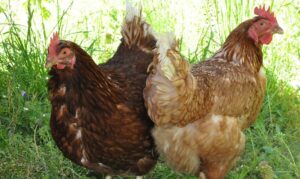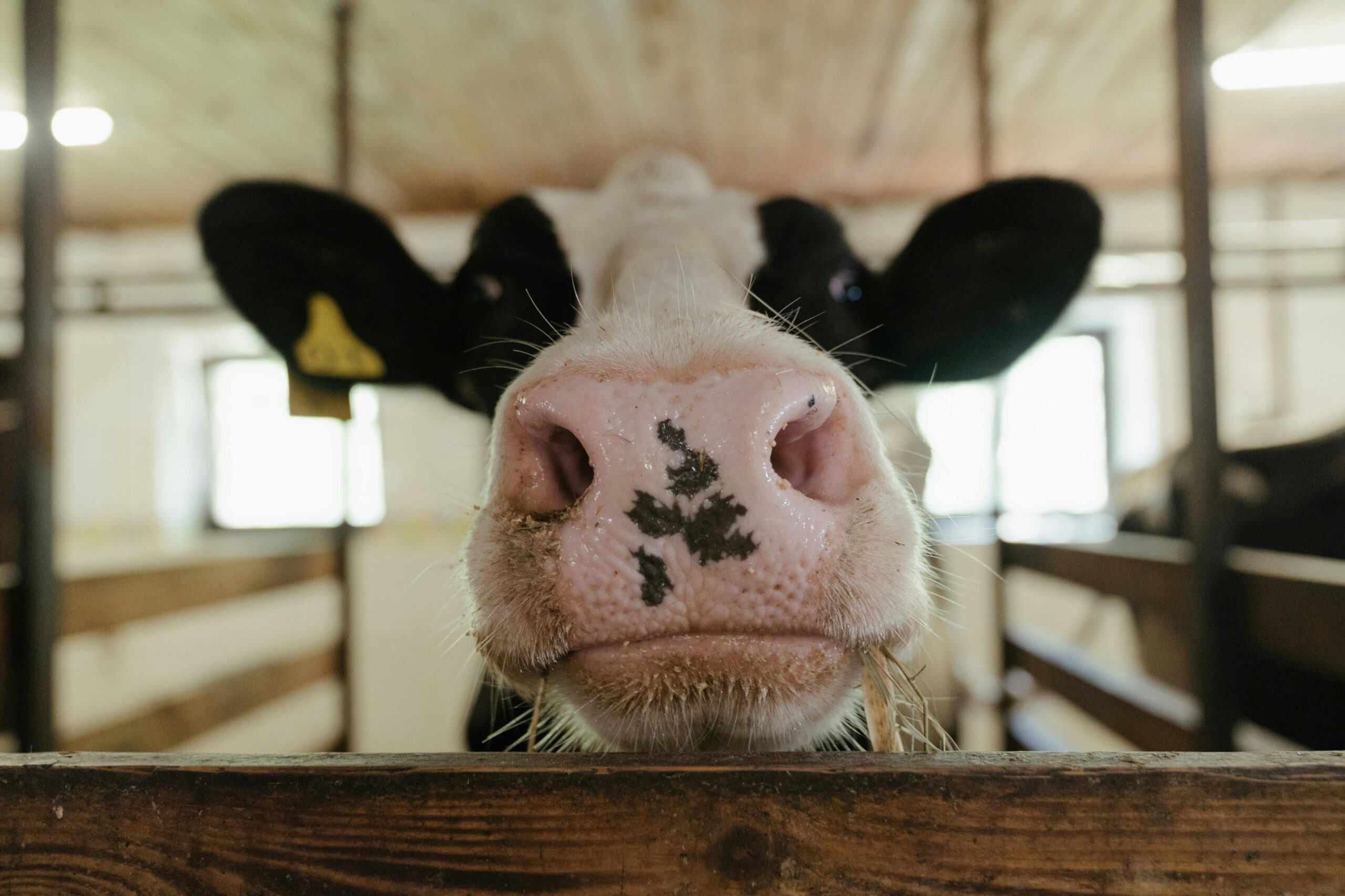In the world of livestock farming, we face small accidents or health problems every day that can quickly worsen if they are not properly managed. Today, I wanted to share a real-life case with you: that of one of our cows, who suffered from edema that developed into an abscess... and which we were able to treat without antibiotics or invasive procedures, simply with clay.
📍 The origin of the problem
It all started when we noticed an abnormal swelling on the flank of one of our cows. We think she was simply stepped on by another in the barn. This kind of situation unfortunately happens sometimes, especially during periods when the animals are grouped together.
Instead of resolving, the swelling kept growing, which of course alerted us. It didn't seem painful to the touch, but the size and speed of its progression prompted us to take action.
❌ No puncture or incision
Today, it is increasingly inadvisable to pierce a swelling or abscess in the hand, unless in a very specific veterinary setting. This can lead to worsening of the infection and even internal complications.
So we opted for a natural solution that we often use on our farm: clay poultices.
🌿 Clay poultice, twice a day
We applied moistened green clay as a poultice morning and evening, directly to the affected area. Clay has the properties of absorbing toxins, draining fluids, naturally disinfecting and soothing tissues.
The key here is consistency. The treatments lasted for several days, without interruption.
Little by little, the abscess matured and eventually burst on its own in two places. This allowed the infection to drain naturally, without pain, without stress for the animal, and above all without resorting to heavy drug treatments.
💧 Gentle cleansing and continued care
Once the abscess was pierced, we cleaned the wound with a mild sterile solution, without damaging the tissues, then applied a clay poultice to continue to clean and protect the area.
The discharge gradually subsided, the swelling disappeared, the wounds healed naturally, and the hair eventually grew back. Today, in 2025, this cow is still in our barn, in perfect health.
📸 A complete follow-up… coming soon!
We haven't included all the photos in this article, but this entire case study (including step-by-step images) will be part of our FREE comprehensive course on natural care for cattle and farm animals, which will soon be available on our website.
If you are interested in this type of content, stay connected, subscribe to our newsletter or follow us on social media to be informed as soon as the training is online.
✅ In summary:
A simple injury can quickly become complicated if it is not properly treated.
Clay is a powerful and natural ally to aid healing without invasive interventions.
Patience and consistency are key: natural care takes time, but the results speak for themselves.
Our animals deserve respectful care, at their own pace, and adapted to their physiology.
💬 And you? Have you ever used clay to treat your animals? Share your experiences in the comments; it will help the whole community!
 and……. chickens with horses in the stable in winter is really not the best idea. Besides the smell of ammonia again, chickens cause a lot of dust by flapping their wings among other things….If you can't avoid it, be careful. In general, horses in the same space as farm animals is rather inadvisable. We also do what we can. If the horses are outside during the day, it is
and……. chickens with horses in the stable in winter is really not the best idea. Besides the smell of ammonia again, chickens cause a lot of dust by flapping their wings among other things….If you can't avoid it, be careful. In general, horses in the same space as farm animals is rather inadvisable. We also do what we can. If the horses are outside during the day, it is

